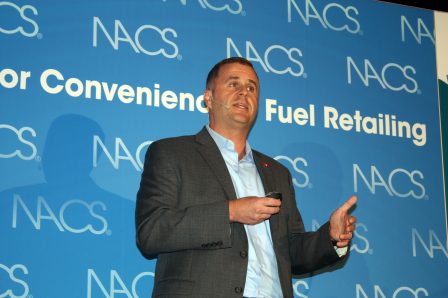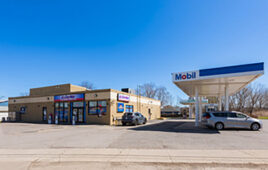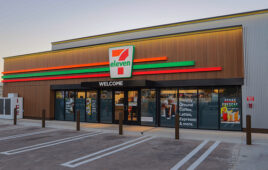Whether it’s the state of the industry or the state of foodservice, smaller convenience retailers with the will to compete are in a position to succeed, according to NACS experts.
By CSD Staff
For smaller convenience store operators looking to introduce innovation and know-how to meet the challenges of a changing industry there’s plenty of opportunity going forward, was one of the lessons shared at NACS 2016 in Atlanta.
During a session titled “Where is the Industry going and What Does it Mean for the Small Retailer?” moderator Quinn Ricker, president of Ricker’s, said the 56-store Indiana chain has set itself apart from bigger competitors by becoming known a dependable retailer for its customers.
According to Leroy Kelsey, director of industry analytics for the National Association of Convenience Stores (NACS), the industry—impacted by singular economic factors—offers small operators opportunities to close the gap with bigger, more connected convenience operators.
One on the most singular economic factors the last two years, Kelsey said, has been the decline in fuel pricing. American families are saving more at the pump—about $700 per household in 2015.
“Our shoppers got some relief,” Kelsey said.
As a result, the c-store industry enjoyed a spike in in-store sales, including profitable categories as merchandise, packaged beverages, cigarettes, beer and snacks.
Add to that the heightened rush of mergers and acquisitions in the industry, small operators—1-10 stores have been left to their own resources to distinguish themselves against a growing cluster of growing competitors.
One way that smaller operators can make a name for themselves, Kelsey explained, is through good service and offering quality products.
Still, there are current economic challenges that retailers will have to contend with, including the rising number of U.S. states raising minimum wages. That is one of the most pressing challenges for c-stores, going forward.
FOODSERVICE TOMORROW
During a session called Consumer Trends in Foodservice, Dan Coffin, who oversees culinary development at Sheetz, said while the 500-plus store chain is a c-store foodservice leader, it’s “never
satisfied” with what it has done in foodservice development. Rather the retailer is always trying to refine and better the quality of its food.
That’s one of the reasons Sheetz is an example of how some c-stores today are well-positioned to meet the foodservice challenges of tomorrow, said Clint McKinney, director of category advisory convenience retail for Coca-Cola.
Shift to more urban markets, serving older consumers, in more diverse communities that are more connected to technology.
“There’s already a movement now toward food transparency and that’s only going to continue to grow,” McKinney said.
- Value plus. While promotions and limited-time offers are enticing, more Americans seek value beyond price. For instance, 87% of U. S. consumers are likely to visit a restaurant for signature menu items.
- Evolution of health. 45% of Millennials believe clear eating affects their overall quality of life. Still, consumers still see a balance between healthy and indulgent offerings.
- Flexibility and discovery.
- 61% of consumers are willing to use an electronic ordering kiosk when ordering fast food.
- Brand authenticity. A strong brand exudes legitimacy while connecting with the community. 60% of young Americans are more likely to visit a location that offers eco-friendly foods.








